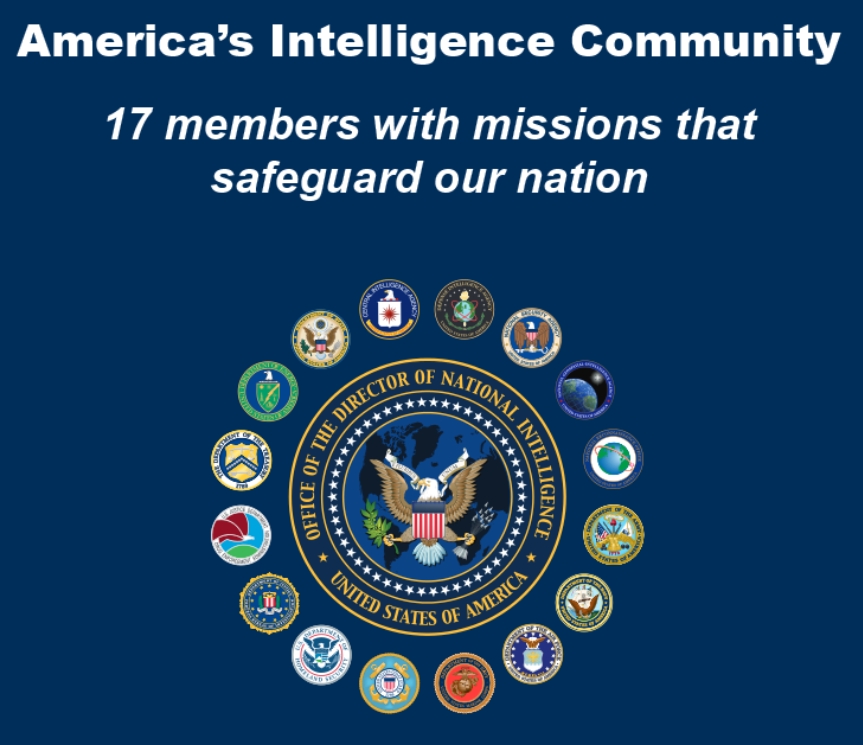Suggestion for Interviewing Technical Hires

Thanks to a Tweet by Peter Singer, I read an article at Forbes titled Maldrone: Watch Malware That Wants To Spread Its Wings Kill A Drone Mid-Flight . This article is interesting in its own right, but it linked to a late 2013 project by Samy Kamkar called SkyJack . Samy's project links to a video where he describes software that enables a Parrot drone to "autonomously seek out, hack, and wirelessly take full control over any other Parrot drones within wireless or flying distance, creating an army of zombie drones under your control." That is all really cool by itself. However, when watching the video, I realized that it incorporates many different elements of IT and security. Samy put many different tools, tactics, and hardware to work in order to accomplish his drone hijack goal. I began to wonder what it would take for someone to follow along and understand each step of the process. I remembered the sorts of questions my leadership team and I used to ask of ...













